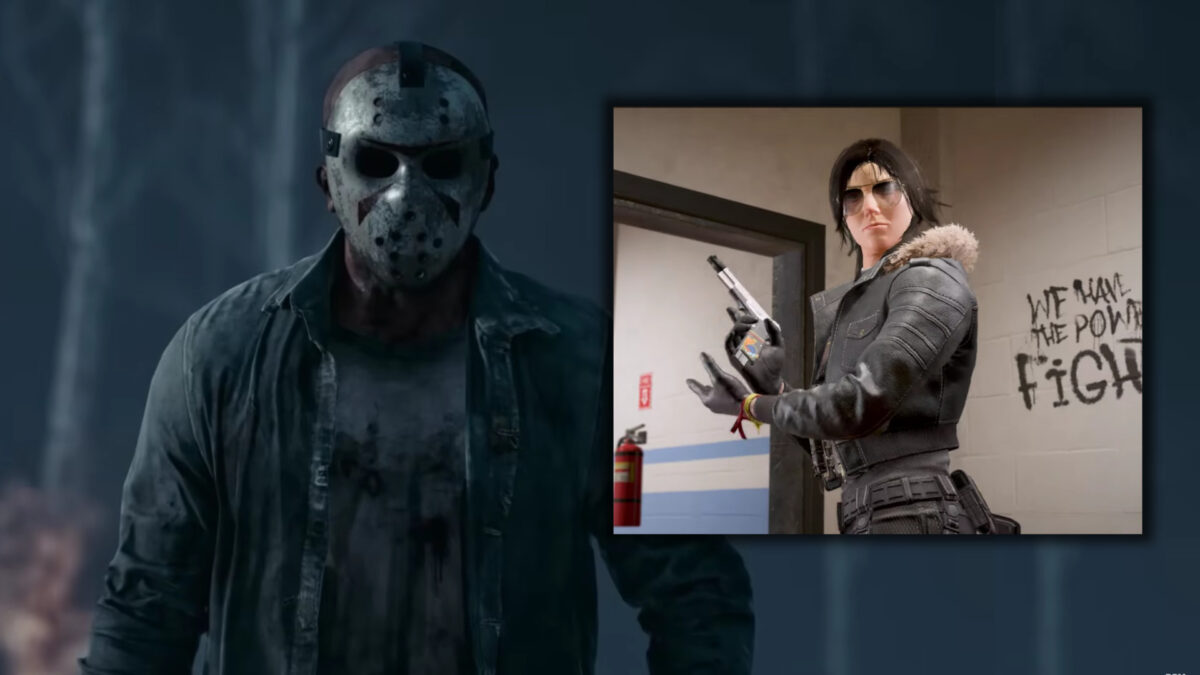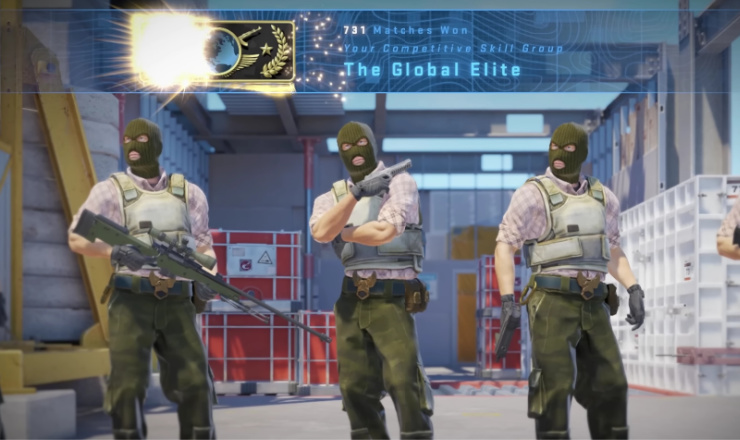YouTube has released some new Community Guidelines regarding content linked with online gambling and graphic violence in gaming that will send some creators running for cover.
Earlier this year, YouTube put a block on channels being allowed to mention or display online gambling services that had not been approved by Google.
This ban is now being extended to include any content that directs viewers to gambling sites that allow the use of digital goods with a monetary value, such as video game skins, cosmetics and NFTs.
YouTube is also introducing age-restrictions on gaming content that features realistic human characters and portrays graphic violence against non-combatants.
That will affect gameplay from the likes of Valve’s Counter-Strike 2 and Rainbow Six Siege – now under Ubisoft’s Vantage Studios – which hold a strong worldwide audience within the Esports community.
The hugely successful first-person shooter (FPS) games are significant draws in global Esports tournaments and are also rich providers of content for YouTubers where skin gambling and chest openings are popular.
In a further blow to any channel that specialises in FPS games, the new rules will be implemented retrospectively from November 17, meaning that they will not just affect new content being uploaded, they will also be applied to any existing videos already live on channels.
What Is Skin Gambling?
A skin is a cosmetic item that can be used in a video game to change the appearance of a character, weapon or any other item without affecting its basic functions.
Some can be earned in-game, others become available from purchasing packs or chests from an in-game store and a few games allow players to either trade or create their own skins.
That doesn’t always go smoothly as we witnessed last week when Counter-Strike 2’s update to its skin trading contracts mechanic created havoc with the value of some players’ inventories.
Chaotic it may have been, but it is a perfectly legitimate system.
Skin gambling is a practice generally carried out on unofficial third-party websites, where players are allowed to use skins from video games as a form of currency to fund bets.
This generally involves buying a second-hand account that has rare items available as no serious gamer would want to jeopardise their main account.
Rewards for successful betting activity can include rarer items of a higher value that can be transferred in game or sold for real cash via other unregulated sites.
How Will This Affect Existing Content?
YouTube says that most channels will experience “little to no impact” which is undoubtedly true if you specialise in videos on cooking or the art of pottery making, but the new regulations will certainly be of concern to any gamer who features first-person shooter gameplay.
YouTube does offer some comfort by saying that offending content uploaded prior to November 17 will not be hit with a strike, but any content that does violate the new guidelines could be removed or age restricted.

It does encourage creators to turn to its range of video editor tools such as trim and blur that may help as a quick fix to implement any necessary changes.
That will only be helpful if you feel you have just a handful of videos that may be affected, but if your channel specialises in the bullet-ridden worlds of Counter-Strike 2, Battlefield and the like, then you are probably going to sit back and hope for the best.
Summary Of YouTube’s New Guidelines
Online gambling content: There is a ban on uploading content that directs viewers to uncertified gambling sites. That ban is extended to include any online gambling application that allows wagers using items that hold a real-world monetary value, such as in-game skins, cosmetics and NFTs.
Social casino content: There will also be age restrictions applied to social casino games that don’t require real-money transactions but still promote gambling.
Graphic gaming content: Age-restrictions will be applied to content that features realistic human characters involved in scenes of torture or mass violence against non-combatants. That will apply if the scene is prolonged or is the main focus of the clip and is affecting a character that looks human.

